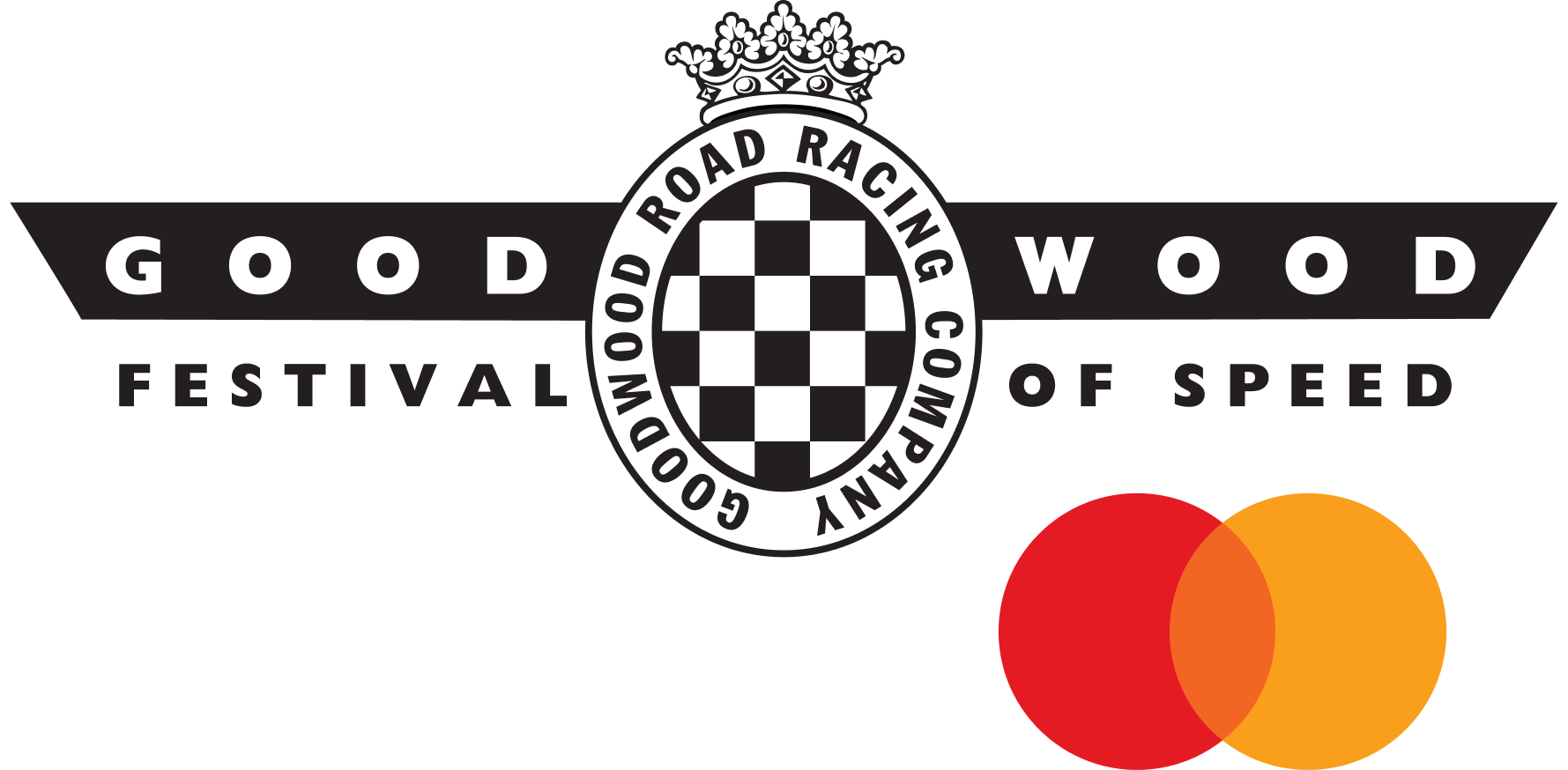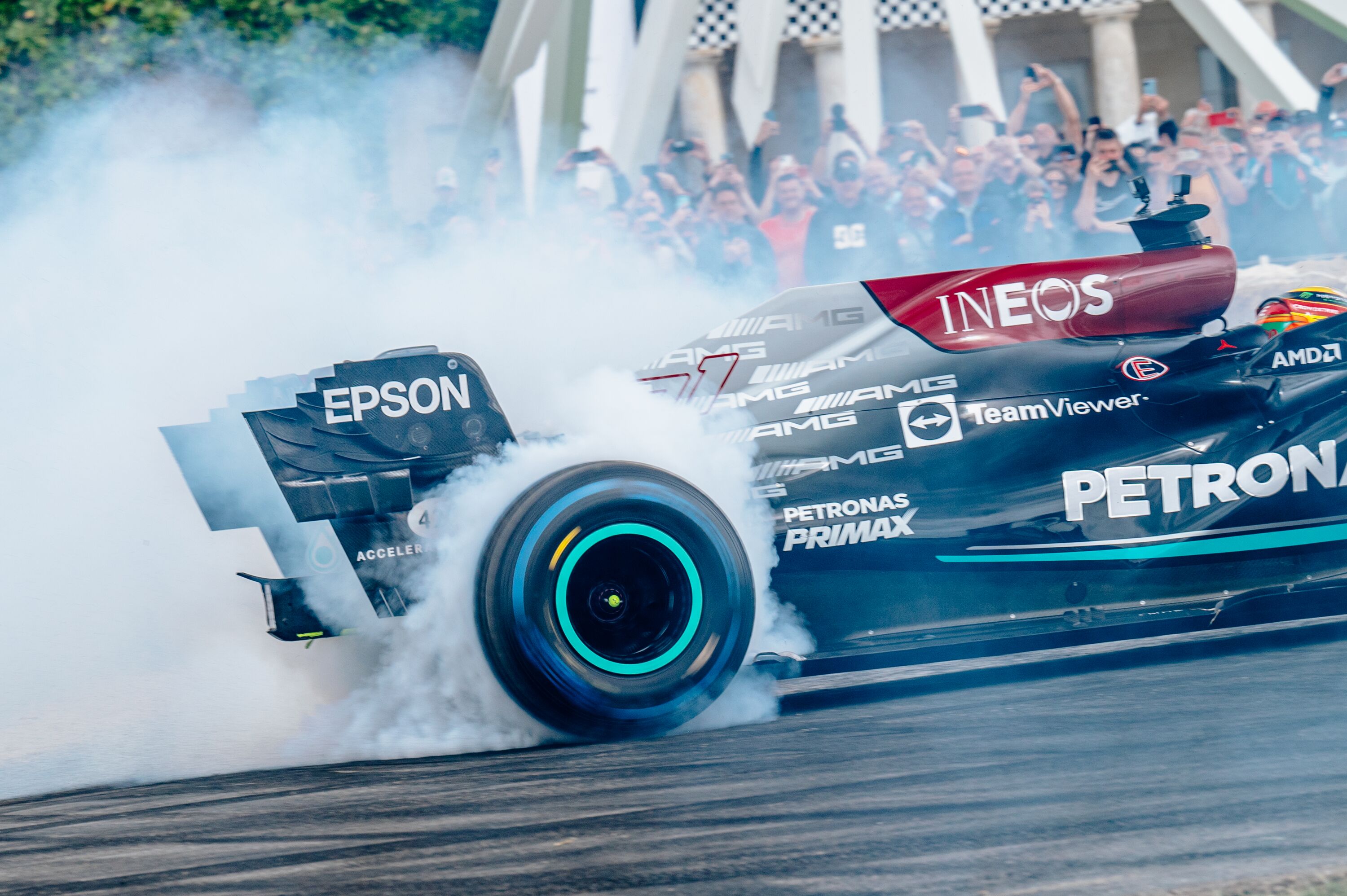Where LMP has been, and where it might go next
Le Mans 24 Hours legend Tom Kristensen appeared to be on course for a second victory in the race in which he made his name 20 years ago. A freak failure halted the BMW V12 LMR that the Dane shared with JJ Lehto and Jörg Müller when it was four laps up the road from its nearest competitor. The 1999 race was one that got away for Kristensen, but he put things right 12 months later.

The driver who would go on to win Le Mans a record nine times over his illustrious career was now driving for Audi and racing a very different beast to the BMW. Prototypes were evolving and would continue to evolve throughout Kristensen's stint in the top flight of sportscar racing.
In 1999, Kristensen changed gear with a lever – a sequential shift, admittedly – and the Bimmer was powered by a road-derived engine and had no power steering. In 2000, he was up and downshifting with paddles on the steering wheel and had a purpose-designed turbocharged powerplant in the back of his Audi R8. Things were moving on, and moving on apace.

"The Audi was certainly a better car than the BMW: it was much better over the bumps and a little more comfortable to drive," recalls Kristensen. "People had been telling me I'd made a mistake by going to Audi, but I knew from my first test in the R8 at Sebring that I had made the right decision."
And the R8 – which would go on to complete five Le Mans victories, all of them with Kristensen driving – was constantly improving. Audi introduced direct fuel injection in 2001, along with a significant aerodynamic upgrade.
"The 2001 car was more pointy; it has less understeer and was more stable at the rear, too," he says. "We improved again for 2002 – that was the best R8."

Fast forward a decade and a half, and Kristensen hung up his helmet after completing the 2014 FIA World Endurance Championship, a season that included another near miss at Le Mans aboard a high-tech hybrid turbodiesel.
Audi wasn't first to race a diesel engine at Le Mans, but it was the first to build a bespoke turbodiesel racing engine. The R10 TDI was introduced in 2006 and went on to complete a hat-trick of wins with Kristensen's famous 2008 victory together with Allan McNish and Rinaldo Capello.
"The R10 had a lot of power, but we were always fighting the driveability of the car," says Kristensen. "The weight distribution with that big, heavy V12 engine was the wrong side of 40/60 front to rear and it has quite a narrow powerband."
Kristensen explains that driving the R10 was quite different to racing the line of Audis that carried the R18 type number: "My last years were all about momentum and keeping a flow in the corners," he says.

Kristensen had pitched up at Le Mans for the first time in a period of change for the great race. The nomenclature of the Porsche in which he famously scored a debut win in the 24 Hours in 1997 offers an insight into the prototype division in the mid-1990s.
The Porsche WSC95 took its name from the grandly-title World Sports Car category introduced by the North American IMSA series for 1994. Le Mans organiser the Automobile Club de l'Ouest borrowed the Stateside rules for open-top prototypes as it looked to fill its grid in the wake of the demise of world championship sportscar racing at the end of 1992.
It had re-admitted GT machinery for the 1993 race on the last hurrah of the short-lived 3.5-litre Group C category, and then allowed a hotch-potch of WSC-type cars and previous-generation Group C machinery sans roofs in 1994. The Porsche was conceived for an assault on the three classic sportscar enduros in 1995: the Daytona 24 Hours and the Sebring 12 Hours in the USA and then Le Mans.

The ACO, which had adopted the Le Mans Prototype monicker for the WSC rules, soon started to plough its own furrow. It allowed more complex aerodynamics and the look of the cars changed over time, too. Single seater-style rollhoops were allowed for 1999 and would remain until 2006 when the appearance of LMP cars altered again. New aerodynamic rules, a reaction to a series of accidents in which LMP cars became airborne, were phased in through the mid-2000s. They would be followed by the introduction of a dorsal fin in 2011, and then the open-top prototype would disappear after the 2016 race, all in the name of safety.
Lap times tumbled with the new technology. Pole position for Le Mans in 1999 was set by a Toyota GT-One GT Prototype car with a time of 3 minutes 29.930 seconds. The top qualifying time in the year of Kristensen's retirement, 2014, was also set by a Toyota, a TS040 HYBRID, with a time of 3 minutes 21.789 seconds. Three years later, Kamui Kobayashi set the fastest ever lap at Le Mans on any configuration of the circuit at a staggering 3 minutes 14.791 seconds.

And what will happen to the LMP class in the future? A recent decision by the FIA’s World Motor Sport Council will allow the “expansion of the 2020 LMP Technical Regulations concept to allow a “Hypercar” developed from the road cars sold by the manufacturers to enter, while preserving the previously-approved regulatory format,” a move that should “enable additional manufacturers to enter the championship”. Essentially, cars like the Aston Martin Valkyrie and McLaren Senna will, with some modifications, be able to compete at Le Mans alongside the ‘normal’ prototypes.
LMP cars look, sound and drive very differently to the cars Kristensen piloted at the start of his career, but, thankfully, the top class of endurance racing still looks to have a very bright future.
Photography by Motorsport Images and McLaren.
Le Mans
Tom Kristensen
LMP
Motorsport
McLaren
Senna
Aston Martin
Valkyrie































































